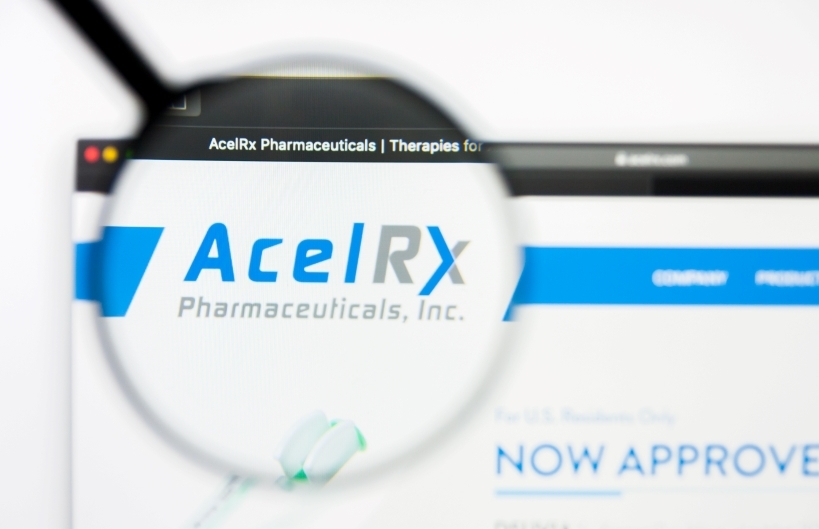The publication, entitled "Anticoagulation Practices for Continuous Renal Replacement Therapy: A Survey of Physicians from the United States
This study resulted in a number of key findings:
- CRRT machine use increased by approximately 30% from pre-pandemic era to late 2022.
- On average, physicians use heparin in the CRRT circuit for 43% of patients, with citrate being used in 28% of patients and no anticoagulation used in 29% of patients.
- The top reason for use of heparin is that it is readily available, but concerns with heparin included systemic bleeding and heparin-induced thrombocytopenia, which were ranked 3.5 and 3.4 respectively, on a 1-5 scale of "not challenging" to "very challenging".
- Hypocalcemia (52% of physicians) and citrate safety (42% of physicians) were ranked as the top two reasons for not using citrate in heparin-intolerant patients. Physicians who do use citrate reported that hypocalcemia occurs in 37% of patients.
- When no anticoagulation is used in the CRRT circuit, 84% of physicians stated filter clogging was a problem and almost a quarter of the physicians stated an increase in transfusions was required as a result.
Study limitations include that the study was an online survey; however, physicians had to pass eight screening questions to ensure they were board-certified in critical care medicine or nephrology, worked in an ICU, and were familiar with the protocols and logistics of CRRT use in their hospital.
"It is clear from this study that physicians in charge of CRRT at their institutions are not completely satisfied with the currently available anticoagulants, heparin and citrate, for use in the dialysis circuit," stated Dr. Pamela Palmer, AcelRx Chief Medical Officer and co-founder. "Niyad as a potentially new regional anticoagulant for patients who cannot tolerate heparin could provide a meaningful improvement to the current standard of care in this field. Allowing physicians to avoid the complexities associated with citrate and reducing the number of patients who receive no anticoagulation by offering a new alternative can hopefully improve the quality of CRRT for these very fragile patients."
Dr. Boldt states, "We really don't have any great choices as it relates to CRRT anticoagulation, which is why I am excited about the potential approval of Niyad as a new anticoagulant option. Nafamostat's ultra short half-life of 8 minutes and its limited systemic effect could really change how we approach anticoagulation of CRRT circuits. Heparin is fraught with potentially significant, and often life-threatening, complications such as systemic bleeding and heparin-induced thrombocytopenia, as well as heparin resistance, all of which make using heparin challenging in many patients." Dr. Boldt
AcelRx provided funding to conduct the study. Some of the authors, including Dr. Boldt



